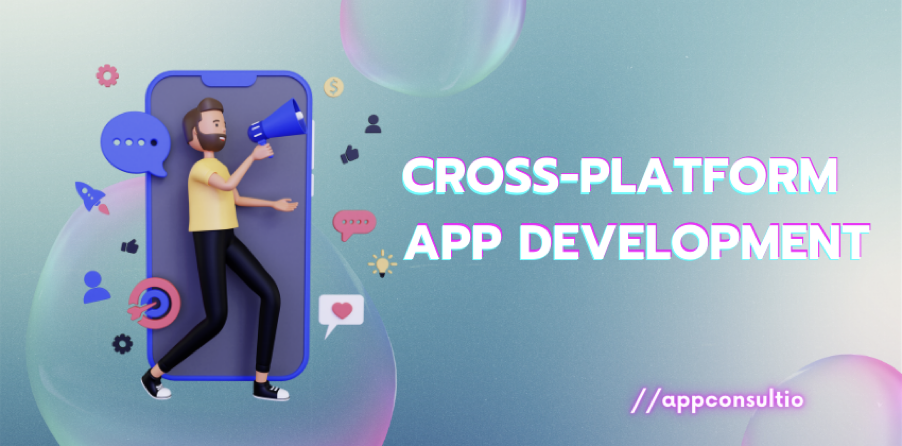
Mobile applications have become a big part of our lives and are used in many areas. There are three main types of mobile apps: native apps, mobile-web apps, and hybrid apps. When making these apps, developers use different tools and software kits. Some tools, like React Native and Flutter, allow developers to create apps that work on multiple types of smartphones.
Native apps are made for specific operating systems, like Android or iOS, and developers use programming languages like Java or Objective C. But when it comes to cross-platform apps, developers use web technologies like HTML5 and JavaScript. This means web designers and developers can use their skills to create mobile apps.
In the world of mobile app development, cross-platform app development is a big deal. It used to be that developers had to make different versions of their apps for iPhone and Android. But now, they can write just one set of code that works on both. This blog look at cross-platform app development, why it's excellent, which tools are popular, and why many developers love it.
Cross Platform SDK's?
A Cross-Platform SDK (Software Development Kit) is like a toolbox for app makers. It has tools, materials, and instructions that help developers create apps that work on different devices, such as iPhones and Android phones, using just one set of instructions.
These toolkits make app development easier and faster because developers don't have to write separate instructions for each type of device. They also have ready-made parts that make apps look and work well on all devices.
Some popular toolkits for this kind of app development are React Native, Flutter, Xamarin, and PhoneGap. They're popular because they save time and money by allowing developers to use one set of instructions for many devices.
Native vs. Cross-Platform: Which is better?
Choosing between native and cross-platform app development depends on a few things.
Native apps are like tailor-made suits for one platform, like iPhone or Android. They run super smoothly and use all the platform's unique features. They're great for big and complex apps.
Cross-platform apps are like one-size-fits-many outfits. They work on different platforms with the same code, which is handy for saving time and money. But sometimes, they might not run as fast or use all the platform's special stuff.
So, if you want the fastest and fanciest app, go native. But if you want to save time and money and your app isn't too complicated, cross-platform might be the way to go. It all depends on what your app needs and how much you're willing to spend.
Challenges in Cross-Platform App Development
Conclusion - In conclusion, cross-platform app development saves money and time, especially for simpler apps that don't need top-notch performance. But if you want a super powerful and specialized app, native development is the way to go. The choice really depends on what you need for your project, how much money you have, and how quickly you want to get it done. Both ways have their strengths, so pick the one that fits your goals and budget best. In the end, they're both useful tools for creating apps in the ever-changing world of mobile tech.